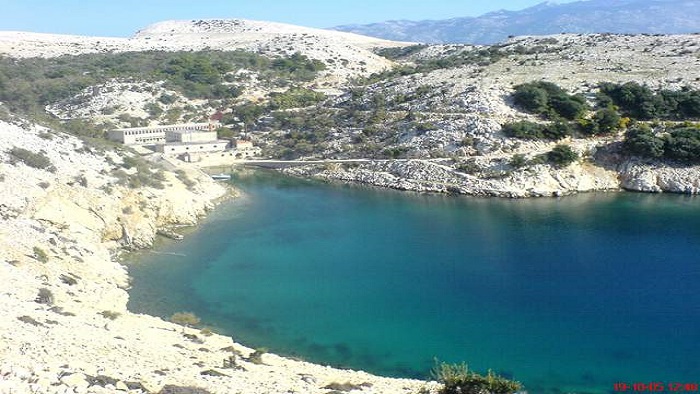
Two non-governmental human rights organisations called on the Culture Ministry to provide funding for the conservation of the Yugoslav-era political prisoner complex on Goli Otok island, as a testament to the plight of political prisoners held there.
The Documenta and the Ante Zemljar Goli Otok associations issued their call on Wednesday, around the 70th anniversary of the infamous 1948 Informbiro resolution, and presented the events they planned to mark the anniversary.
The NGOs said in a news conference that the activities marking the 70th anniversary of the resolution would start with a small film festival, organised in cooperation with the Croatian Film Association, and would continue with a series of panels and talks, including an organised visit to the island itself.
Zagreb’s Faculty of Humanities and Social Sciences will also organise a joint conference with the Faculty of Humanities and Social Sciences from Ljubljana.
The resolution marked a split between the Soviet Union and Yugoslavia, whose leadership had challenged the Soviets’ primacy in leading the communist world. The ensuing period which lasted until 1955 was marked by internal purges within the ranks of Yugoslav communists.
During that era, Goli Otok, a barren island in the northern Adriatic, was turned into a high security prison and labour camp for political prisoners labelled Stalinists. After 1956, non-political prisoners were also sent to serve time there, as well as those on death row.
Isolated and barren, the prison was notorious for prisoner abuse – the prisoners were forced to work in the island’s stone quarry regardless of their health condition and weather, and stories of beatings and humiliations by the guards, as well as other prisoners, began to surface in the public only in the 1980s.
The prison and the labour camp complex fell into disrepair after being closed and abandoned in 1989. During its four decades of operation, it is estimated that some 14,000 people had been incarcerated on the island, and nearly 600 died there.
Vesna Terselic of the Documenta NGO talked about the problem of the complex decaying, and said that it was one of the few such structures in all of Europe, and that it should be preserved. She claimed that there haven’t been any official efforts so far to protect the men’s prison complex on Goli Otok and women’s prison at Sveti Grgur islands as cultural heritage.
“The Ministry of Culture should approve funding for preparatory conservation works, which should cost 150-400 thousand kuna in the initial stage. This is the last year that preventive protection already done can hold, yet nothing has been done in the way of protecting the site permanently. All the Croatian governments so far have failed to protect Goli Otok,” Terselic said.
She added that, once restored, the island could be turned into a memorial or education centre, or a museum.
Follow N1 via mobile apps for Android | iPhone/iPad | Windows| and social media on Twitter | Facebook.


